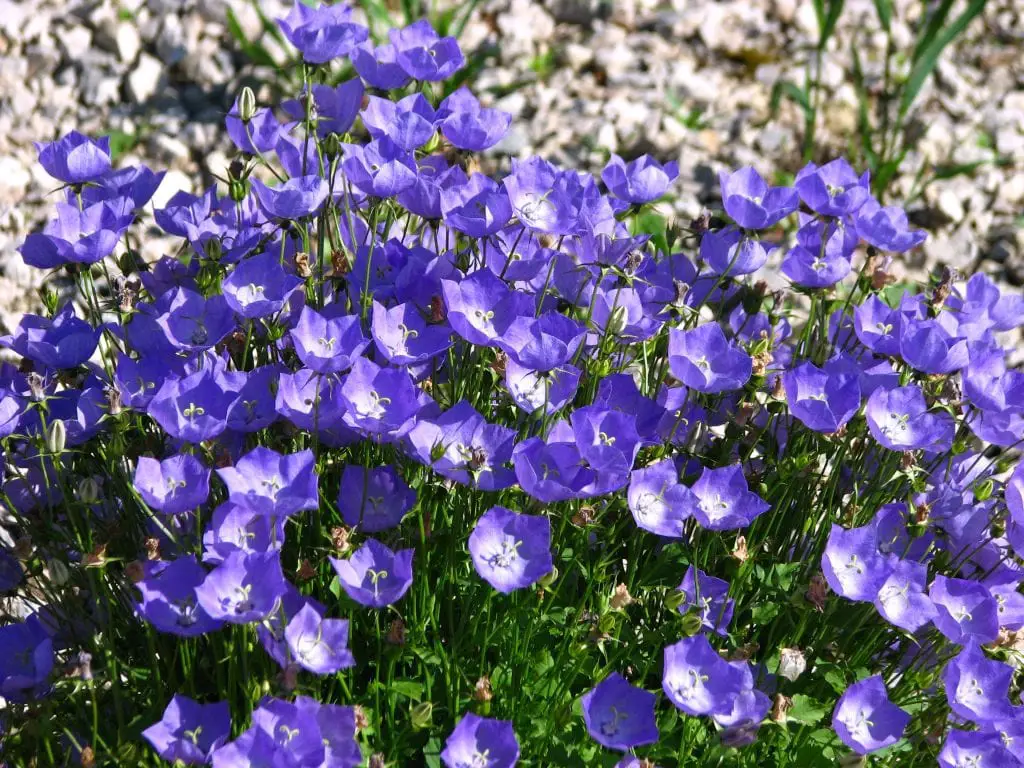
Flowers are a real wonder: they give color and joy wherever they are, they attract beneficial insects for the garden such as bees or butterflies, and they give us an extra reason to smile. But if they also belong to perennials, things improve … and a lot, which is just what happens with Campanula carpathica.
This perennial herb, while small, when it blooms is quite a sight. Its petals almost completely cover the plant, making it look like a beautiful spot of color. Keep reading to know more.
Origin and characteristics

Our protagonist is a perennial plant, that is, one that lives for several years, originally from the Carpathian Mountains (Transylvania). Its scientific name is Campanula carpathicaand is popularly known as bluebells, campanula, or Carpathian lantern.
It is characterized by reaching a height of 20-30cm, with oval-rounded leaves whose margin is toothed. It blooms practically all year round, except in winter. The flowers are bell-shaped and blue or white.
What are their cares?

If you want to get a copy, provide it with these care:
- Location: outdoors, in full sun or in semi-shade.
- Earth:
- Pot: universal growing substrate mixed with a little perlite (10-15%).
- Garden: the garden soil must be calcareous, with good drainage.
- Irrigation: frequent. In summer water every 2 days (or more often if the soil dries quickly) and the rest of the year every 4-5 days.
- Subscriber: from spring to early autumn, fertilize with organic fertilizers (guano, manure, compost, etc.), liquid if it is in a pot or powder if it is on the ground.
- Multiplication: by seeds at the end of summer, and by division in spring.
- Planting or transplanting time: in spring. If it is potted, it must be transplanted every 3 years.
- Rusticity: it resists frosts down to -6ºC.
Enjoy your Campanula carpathica!
